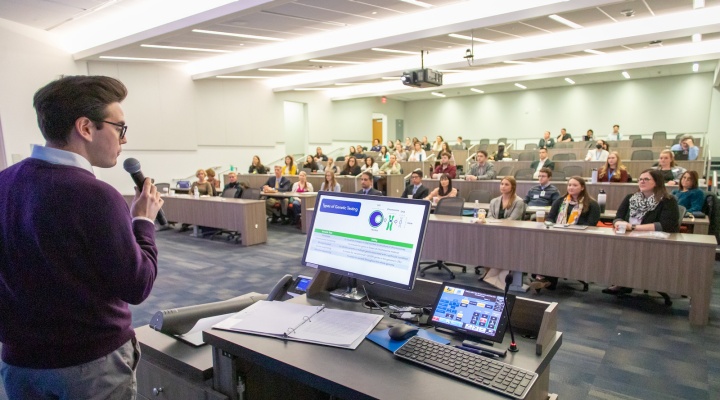Teaching Resources
Jump To
Best Practices
Some key takeaways when designing a course.
- Backwards design. Start with what you want students to know when they have completed the course and work backwards.
- Learning Outcomes provide a framework for how your course (or program will be structured). Learning outcomes should be student-centered statements that are specific, measurable and relevant. Outcomes should be written first to help frame the course and what students will be able to do when they complete the course (or program). Outcomes should follow the formula below:
- An action word (Blooms Taxonomy) that identifies what students will demonstrate.
- A statement about what learning is taking place.
- Broad statement for acceptable performance.
Additional Resources
Inclusive Pedagogy
Is the content and language inclusive of all individuals or exclusive of some?
Inclusive Pedagogy ≠ Compromised Pedagogy
- seeks to create an environment, and ultimately and ecosystem, that supports learning by all students
- recognizes different learning needs
- values diverse perspectives as part of learning and knowledge generation
- requires reflection on our approach to teaching
Universal Design for Learning
Supporting instructors in proactively considering student needs to reduce or eliminate barriers to learning and increase paths to student success
The UDL guidelines help:
- minimize or eliminate barriers and challenges to learning
- give students an equal opportunity to learn
- provide flexible approaches to teaching and learning through choice and autonomy
- acknowledge the variability of students
- offer varied methods, pathways and strategies to support all learners
- increase students’ personal awareness, reflection and self-regulatory skills
- encourage feedback to learn and grow
Additional Resources
Inclusive Syllabus
Creating an inclusive syllabus sets the tone for the class, begins relationship-building with students, provides critical information in a clear and concise way, and supports a culture of inclusion and belonging.
What to include:
- Student Learning Outcomes connect to EDJI content
- Learning-Focused
- Essential Questions
- UDL Connections (Universal Design for Learning)
- Inclusive Motivation Language
- Supportive Course Policies
- Accessible Design
Additional Resources
Difficult Conversations
Going beyond a “safe” space and creating a “brave” space for difficult conversations.
Content Accessibility
Resources for creating content and materials that are accessible to all students.
Additional Resources
Assessment
What are you assessing, and why?
Assessments require application and critical thinking skills.
Rubrics: Providing rubrics as a means of assessing information can outline for students how they will be evaluated as well as provide some objective criteria.
Grading with CARE (Consistency and Clarity; Accurate Assessments; Rubrics and References; EDJI – Equity, Diversity, Justice and Inclusion)
